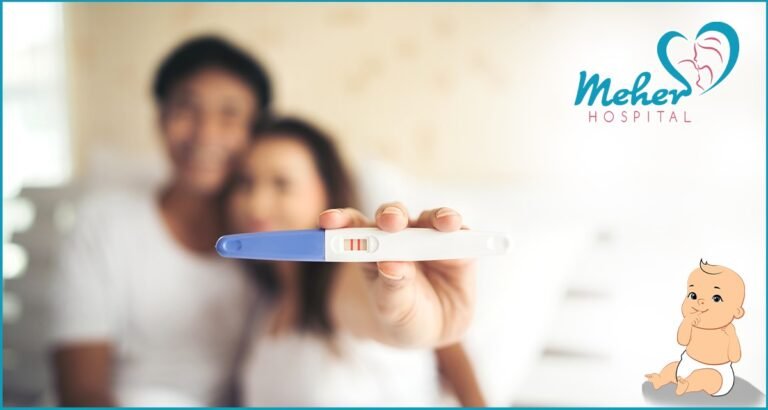The journey to motherhood is a beautiful and sometimes nerve-wracking experience for many women.
Confirming the first step of this journey which is taking a pregnancy test, is often an emotional rollercoaster filled with hope and uncertainty.
Luckily, home pregnancy tests provide a discreet and convenient way to navigate this crucial moment and allow women to take control of their journey in the comfort of their homes.
What is a Pregnancy Test?
A pregnancy test is a diagnostic tool used to determine whether you are pregnant or not.
It works by detecting the presence of human chorionic gonadotropin (HCG), a hormone produced by the placenta during pregnancy, in either blood or urine.
There are two main types of pregnancy tests: urine tests, commonly known as home pregnancy tests, and blood tests, usually conducted at a healthcare provider’s office.
Another method to confirm pregnancy is an ultrasound, and it is usually done at the doctor’s office.
Reasons to Take a Pregnancy Test
You may take a pregnancy test for several reasons:
- You are trying to conceive and want to know whether you are successful.
- You’ve missed your period.
- You had unprotected sex.
- You are addressing issues about birth control.
- You are going to have a medical procedure or use a new medicine that may be dangerous to a growing baby.
Regardless of the cause, if you have any questions regarding pregnancy tests or their findings, you should speak with your doctor.
When Should I Take a Pregnancy Test?
If you suspect you might be pregnant, taking a test to confirm is the next logical step.
Home pregnancy tests vary in sensitivity, with some being able to detect pregnancy as early as ten days after conception. However, for more accurate results, it’s advisable to wait until after a missed period.
Taking a test too soon may result in a false negative, even if you are pregnant. If you get a negative result and miss your period then it’s best to consider taking another test.
How do Pregnancy Tests Work?
Pregnancy tests work by detecting the presence and quantity of HCG in the body, indicating pregnancy.
In urine tests, a reactive strip identifies HCG, and a positive result is displayed through symbols like a plus sign, double lines, or the word “pregnant.”
Blood tests, done at a healthcare provider’s office, involve analyzing a blood sample for HCG levels, offering even earlier and more accurate results than urine tests.
Types of Pregnancy Tests: Urine and Blood Tests
Urine tests, commonly used at home, are cost-effective and convenient. They are about 99% accurate when used correctly.
Blood tests are less common due to their expense but offer more sensitivity and are usually done in specific situations, such as fertility treatments or when potential issues are suspected.
Advantages of Home Pregnancy Tests
Home pregnancy tests provide several advantages:
- Convenience of testing at home without medical appointments.
- Simple instructions for ease of use.
- Discreet and private testing.
- Affordable compared to doctor visits.
- Quick results within a few minutes.
- Readily available at pharmacies and grocery stores without a prescription.
Most home pregnancy tests claim an accuracy of over 99%, but taking the test too soon can result in a false negative.
How to Check Pregnancy at Home Using a Kit
Using a home pregnancy test kit is a reliable way to check for pregnancy. Here’s a step-by-step guide:
- Read the kit instructions thoroughly.
- Collect your first-morning urine in a clean container.
- Follow specific instructions for applying urine to the testing device.
- Wait for results, typically within 5 minutes.
- Interpret results based on the provided indicators.
Note: It’s important to use morning urine for higher accuracy and to avoid excessive fluid intake before the test. If results are positive, confirm with a doctor for prenatal care and guidance.
Wrapping Up
Understanding home pregnancy tests empowers women to take control of their reproductive health.
With the convenience, privacy, and accuracy they offer, these tests play a crucial role in the early stages of the beautiful journey to motherhood.

